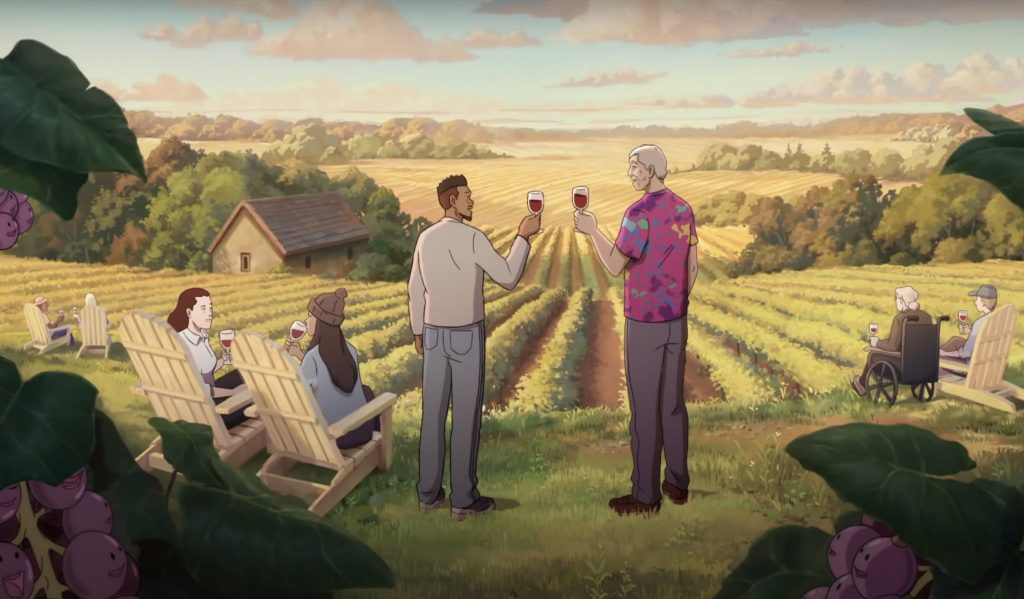Oregon's Animated Tourism Ad Is An Antidote for the Pandemic Fatigued

Skift Take
Travel Oregon might rank among the last U.S. tourism boards to promote out of state since the pandemic, but its new campaign is poised to outdo the competition.
Its “Oregon, (Still) Only Slightly Exaggerated” ad takes a stunning animated and cinematic approach to showcase the state’s outdoors, cultural activities and its diverse communities in a way that stands out from tourism recovery campaigns that have emerged this year.
https://youtu.be/qi4fGPPPmGAIt's not the first time Travel Oregon resorted to animation — the campaign is the third installment in a series that launched in Spring 2018. Ad agency Wieden+Kennedy, in partnership with animation studio Psyop and Sun Creature Studio, as well as Emmy Award-winning composer Jim Dooley, produced the series.
What's different now is that Travel Oregon crafted this message by reaching out to multiple diverse and community-based focus groups for feedback on the script to make sure it is authentic and inclusive. The destination marketing organization worked closely with members of the Confederated Tribes of the Umatilla, who are depicted in the video.
"The campaign celebrates the spirit and diversity of Oregon's people and shares the magical feeling of being in Oregon through the wonder and beauty of our state," said Todd Davidson, CEO of Travel Oregon in a press release.
From cameo appearances by famous Oregonians — George Fletcher, an African American rodeo legend on a bucking horse at the Pendleton Round-Up, and Cheryl Strayed having s'mores with families around a campfire — to masked resident
